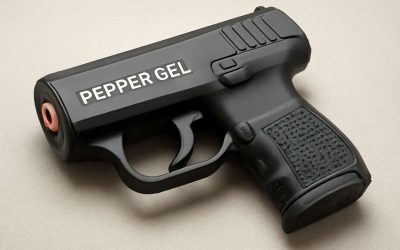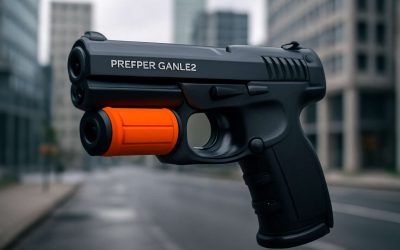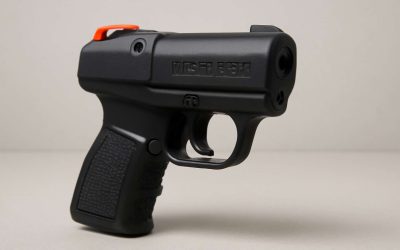
The use of less lethal weapons by police officers is commonplace, but how these weapons are marketed and used can have a profound impact on the safety and legitimacy of their application. The way a weapon is described – whether it’s pepper spray, stun guns, or drones – can influence the perception of its safety and effectiveness. Whether intentionally or not, the language that’s used can conceal the potential harm. And the effects of this language are far-reaching. A study using metaphor found that the slightest change in wording led people to think differently and propose different solutions, highlighting the importance of choosing the words we use carefully. Less lethal weapons are intended to reduce injuries during police-crowd interactions, but they can also cause them. In some cases, the weapons can injure innocent bystanders and even lead to permanent disabilities.
Less lethal weapons, including police batons, chemical irritants such as tear gas or pepper spray, and electroshock weapons such as TASER, are often used in crowd control. However, until recently, international guidance on their design, production, procurement, testing, training, transfer, and use has been lacking. A new United Nations Human Rights Guidance on Less-Lethal Weapons in Law Enforcement addresses this gap.
While most larger police agencies have a policy on the use of force, many do not provide training on how to apply this policy during a protest situation. As a result, the escalation of violence during demonstrations has raised concerns about officer safety. The Department of Justice has responded by urging law enforcement agencies to review their policies on the use of force and consider offering training on how to respond to dangerous crowd situations.
Despite the challenges, many departments are investing in and training their officers to use less lethal weapons. The Seattle Metropolitan Police Department, for example, is testing a remote restraint system that uses a flexible cord to wrap around a subject’s legs or arms and limit their mobility. The device has a 20-foot range, and officers will test it during a six-month pilot program before considering purchasing it for the entire department.
Another company, FN Herstal, is developing an alternative to live ammunition that would allow officers to control crowds while minimizing the risk of injury. The projectiles are designed to strike a suspect’s body with enough force to disperse a crowd but not penetrate the skin and cause serious injury, like a penetrating wound. The company says it can be loaded in standard ammunition carriers and will work with any firearm.
While the development of less lethal weapons is an important step, more needs to be done to address the use of excessive force by law enforcement and prevent unnecessary violence against demonstrators. The federal government should fund more research on the effectiveness and safe use of these weapons, and it should require agencies to document all instances in which force is used during protests. By doing so, they can better assess whether the force used was proportional to the threat and in compliance with their policy.



0 Comments